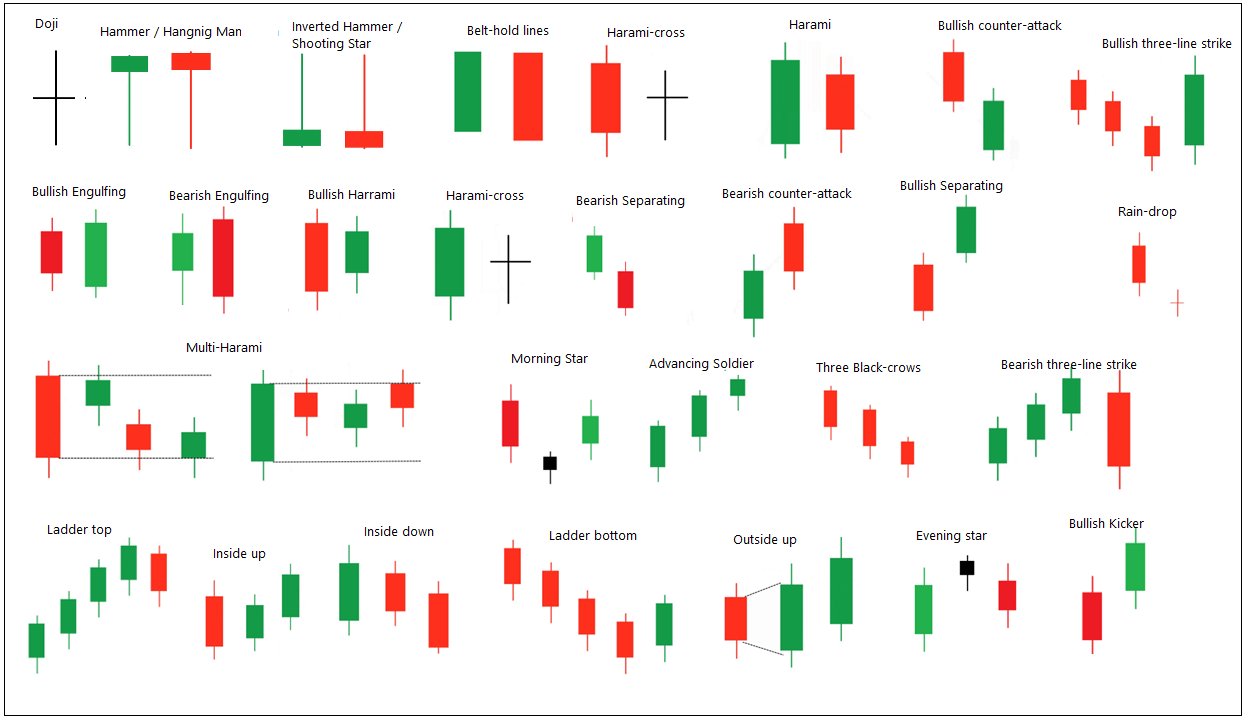Top 5 Technical Indicators Every Trader Should Know
Master these essential technical indicators to improve your trading decisions and market analysis skills.

Introduction to Technical Indicators
Technical indicators are mathematical calculations based on price, volume, or open interest data that help traders analyze market trends and make informed decisions.
1. Moving Averages (MA)
Moving averages smooth out price data to identify trend direction. The two most common types are:
- Simple Moving Average (SMA): Average price over a specific period
- Exponential Moving Average (EMA): Gives more weight to recent prices
2. Relative Strength Index (RSI)
RSI measures the speed and magnitude of price changes, helping identify overbought and oversold conditions. Values above 70 suggest overbought conditions, while values below 30 indicate oversold conditions.
3. MACD (Moving Average Convergence Divergence)
MACD shows the relationship between two moving averages and helps identify trend changes and momentum shifts.
4. Bollinger Bands
Bollinger Bands consist of a middle line (SMA) and two outer bands that expand and contract based on market volatility.
5. Stochastic Oscillator
This momentum indicator compares a security's closing price to its price range over a specific period, helping identify potential reversal points.
How to Use These Indicators
Remember that no single indicator is perfect. Combine multiple indicators and always consider market context when making trading decisions.
Share this article
About the Author
Sarah Johnson
Trading Expert
Experienced trader and market analyst with expertise in technical analysis and risk management.